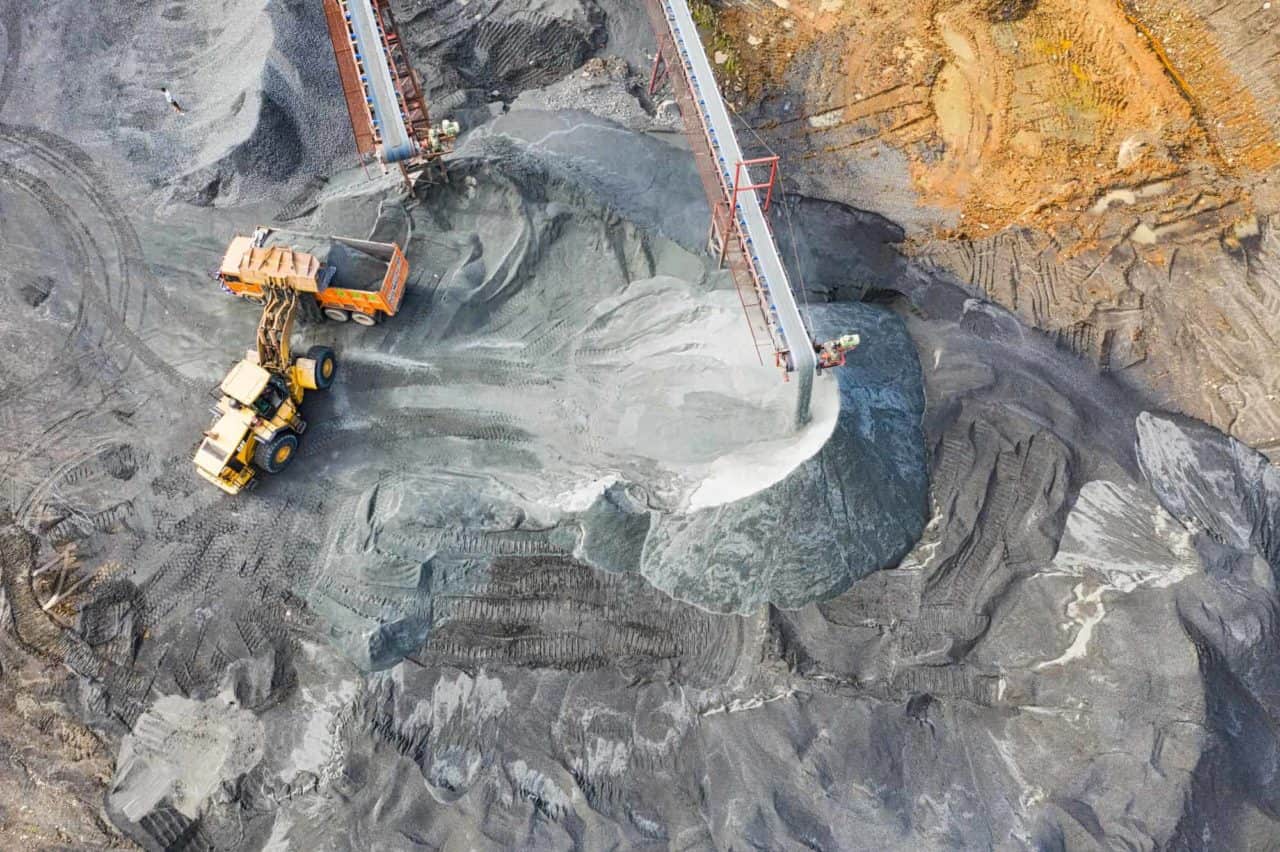Congratulations, Prospector! You found a piece of land worth claiming. But do you know how to properly stake a mining claim?
When claim staking a federal mining claim on the Bureau of Land Management (BLM) or Forest Service lands, there are a couple of key steps you must take to ensure your claim will be valid.
The Claim Staking Process
Here are 8 simplified steps of the mining claim staking process:
- Prospect and find an area of interest.
- Conduct land status searches to ensure land is open for mineral entry with no competing claims.
- Write notice of location(s).
- Place corner markers and location monument(s) on the ground according to state statutes
- File Notice of Location(s) with appropriate county and pay recording fees
- File Notice of Location(s) with appropriate BLM State Office and pay recording fees
- Pay your annual dues/maintenance fees – Due Sept. 1st of every year
- Work mining claim only using hand tools.
Please note that the above steps exclude the process for Alaska.
1. Prospect and find an area of interest.
There are many ways to prospect for minerals; the most common are desktop studies through historical records and reports then prospecting on the ground taking soil or rock chip samples. Pending on the commodity, a desktop study is started to determine the deposit location, followed by a soil or chip sampling program to determine grades and values.
2. Conduct land status searches to ensure land is open for mineral entry with no competing claims.
Conduct a land status search to ensure the area of interest is open for mineral entry and does not have any active competing claims. This is the most important step – if the land is not open for mineral entry, then no claims can be staked/pegged. However, if the land is open for mineral entry, but the surface land is owned privately, a mining claim can be claimed but there are additional paperwork and regulations that must be followed. This falls under the Stock Raising Homestead Act.
The land research can be tricky to navigate as not all records are available online and the BLM only lists active claims by the quarter section. Before Burgex writes an estimate for claim staking, we do a land record search, so we know if your area of interest is locatable.
3. Write notice of location(s).
Before a Notice of Location is written, you first must determine what type of mineral deposit are you claiming. Lode or Placer? Or are you in need of a Mill or Tunnel (although rare) site? It is critical that the correct type of paperwork is written and filed with the county and BLM or your claim may not be valid. This is the most important aspect of your mining claim – it tells the county, BLM and fellow prospectors where your mining claim is located, described by either aliquot part or metes and bounds.
Every state has their own specific requirements when it comes to Notice of Location paperwork. Some require specific information to be on the paperwork, others require maps of a specific scale to be included. Fortunately, Burgex has navigated these murky waters many times before and we know what to do. We also stay up to date on changing statues to ensure paperwork is filed appropriately at any given time. Another important aspect to consider when writing the paperwork is, who will hold the mineral rights? It MUST be a US citizen older than 18 or a USA based corporation.
4. Place corner markers and location monument(s) on the ground according to state statutes.
Place corner markers and location monuments on the ground. This is another critical and state-dependent step of the mining claim process. Before a mining claim can be filed with the appropriate county, it must first be staked on the ground according to that state’s statues. And yes, each Western State has different staking/pegging regulations! Wyoming requires endlines of the long axis as well as corners, while Nevada only requires one corner marker for placers. Idaho requires 4”x4” claim monuments, while Utah accepts 2”x2”. Yes, even the claim post size matters in each of these Western States. Burgex has staked claims in Arizona, Alaska, California, Colorado, Idaho, Montana, Nevada, New Mexico, Oregon, Utah, Washington, and Wyoming. You could say we’ve been everywhere, man.
5. File Notice of Location(s) with appropriate county and pay recording fees.
File your correctly written Notice of Location (or Certificate of Location) in the county which your claim is located in. It should also be filed along with a check for the appropriate fees. Each state has a different filing timeline requirement and it’s up to you to know what they are. For example, a claim staked in Utah must be filed with the County Recorder within 30 days of location. This is the day the location monument is placed on the ground, but in Oregon, you have 60 days. Recorders also have requirements on font size, paper size, where the return address can be placed, and more.
6. File Notice of Location(s) with appropriate BLM State Office and pay recording fees.
File county recorded Notice of Location/Certificate of Location with the appropriate Bureau of Land Management (BLM) State agency, along with a map of the claims. The BLM is a lot more flexible with the paperwork and map requirements than the counties, but it is still important to submit the correct information. If a mistake is made, the BLM will send an Amendment Notice for you to correct and re-file (and re-pay) with the county and BLM within 30 days. If this timeframe is missed, then the claim in question is considered invalid and will have to be re-staked and filed if you wish to hold the mineral rights once again. Burgex understands the importance of keeping your claims active – if a mistake is made and an amendment needs to be done, we will make that a top priority to get that paperwork re-filed ASAP!
7. Pay your annual dues/maintenance fees – Due Sept. 1st of every year.
Pay the annual dues. These fees are due with the BLM on September 1st of every year, no matter when the claim was located. If a claim was staked in August, the new claim fee AND renewal fee are due at the same time. If a single locator holds less than 10 mining claims throughout the country, then they are eligible to file the “Small Miners Exemption”. This waives all BLM annual maintenance fees.
8. Work mining claim only using hand tools.
Congratulations you now have an active mining claim! There are a few important things to know about what you can and cannot do with a claim. If you wish to conduct a drilling program, a permit will have to be filed and a bond is posted. If you only wish to conduct a sampling program using hand tools, then you are good to go.
Casual Use means activities ordinarily resulting in no or negligible disturbance of the public lands or resources. Casual Use does not include the use of mechanized earth-moving equipment; truck-mounted drilling equipment or motorized vehicles in areas closed to “off-road vehicles,” explosives, chemicals, or use and occupancy as defined by 43 CFR §3715. Operators conducting operations at the Casual Use level are not required to post a financial guarantee for their operations. Casual use operations involve simple prospecting with hand tools such as picks, shovels, metal detectors, and camping for less than 14 days in a 90-day period.
If you wish to conduct a more serious sampling program, such as trenching or drilling, a Plan of Operations will have to be submitted through the local BLM or Forest Service agency as well as the State with bonds posted. Burgex has completed several successful permitting programs and can help guide your program through the many state and federal regulations. We can also handle the claim staking process from start to finish on your behalf.

